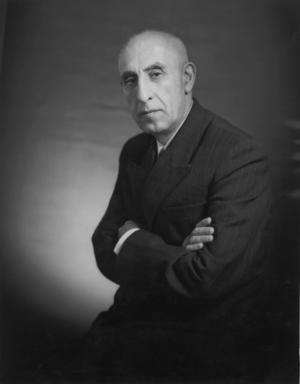
Mohammad Mossadegh. Source: Public domain.
On Aug. 19, 1953, Iranian Premier Mohammad Mossadegh was removed from power in a coup organized and financed by the British and U.S. governments. The Shah quickly returned to take power and signed over forty percent of Iran’s oil fields to U.S. companies.
Here is a description of this historic event from “50 Years After the CIA’s First Overthrow of a Democratically Elected Foreign Government We Take a Look at the 1953 US Backed Coup in Iran” on Democracy Now!,
In 1953, the CIA and British intelligence orchestrated a coup d’etat that toppled the democratically elected government of Iran. The government of Mohammad Mossadegh. The aftershocks of the coup are still being felt.
In 1951 Prime Minister Mossadegh roused Britain’s ire when he nationalized the oil industry. Mossadegh argued that Iran should begin profiting from its vast oil reserves which had been exclusively controlled by the Anglo-Iranian Oil Company. The company later became known as British Petroleum (BP).
After considering military action, Britain opted for a coup d’état. President Harry Truman rejected the idea, but when Dwight Eisenhower took over the White House, he ordered the CIA to embark on one of its first covert operations against a foreign government.
The coup was led by an agent named Kermit Roosevelt, the grandson of President Theodore Roosevelt. The CIA leaned on a young, insecure Shah to issue a decree dismissing Mossadegh as prime minister. Kermit Roosevelt had help from Norman Schwarzkopf’s father: Norman Schwarzkopf.
The CIA and the British helped to undermine Mossadegh’s government through bribery, libel, and orchestrated riots. Agents posing as communists threatened religious leaders, while the US ambassador lied to the prime minister about alleged attacks on American nationals.
Some 300 people died in firefights in the streets of Tehran.
Mossadegh was overthrown, sentenced to three years in prison followed by house arrest for life.
The crushing of Iran’s first democratic government ushered in more than two decades of dictatorship under the Shah, who relied heavily on US aid and arms. The anti-American backlash that toppled the Shah in 1979 shook the whole region and helped spread Islamic militancy.
Listen to the full broadcast (below) which includes an interview with Stephen Kinzer, author of All the Shah’s Men: An American Coup And The Roots of Middle East Terror, and Baruch College professor Ervand Abrahamian.
In Disguising Imperialism: How Textbooks Get the Cold War Wrong and Dupe Students, high school teacher Ursula Wolfe-Rocca writes:
American Journey says the CIA “backed” a coup in Iran; in reality that “backing” involved Kermit Roosevelt, CIA agent and grandson of Theodore, arriving in Tehran with suitcases full of cash to manufacture an opposition movement by hiring people to protest, bribing newspaper editors to print misinformation (real fake news), and creating a sham communist party to act as a straw man. American Journey says the Shah “cooperated” with the United States; it leaves out that such “cooperation” was defined by Iran’s purchase of billions of dollars of weapons from the United States as well as the CIA’s training of Savak, the Shah’s secret police force infamous for its human rights violations. Continue reading.
There is an excellent critique of textbook coverage of this history in Chapter 8 of the first edition of Lies My Teacher Told Me by James W. Loewen.
This event is included on the Zinn Education Project’s Climate Crisis Timeline.

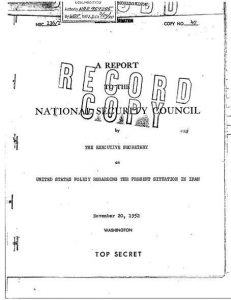
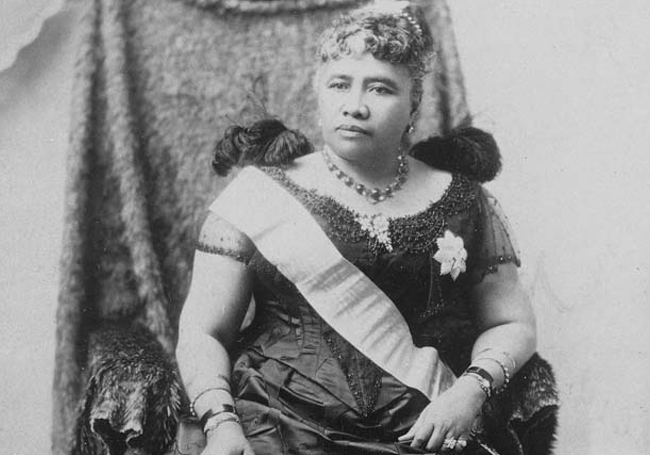
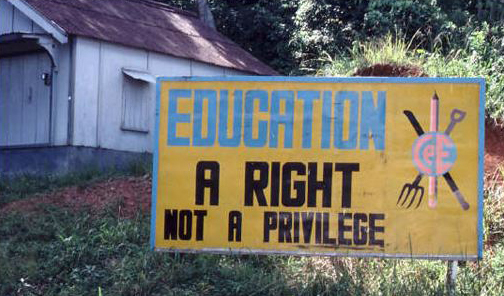

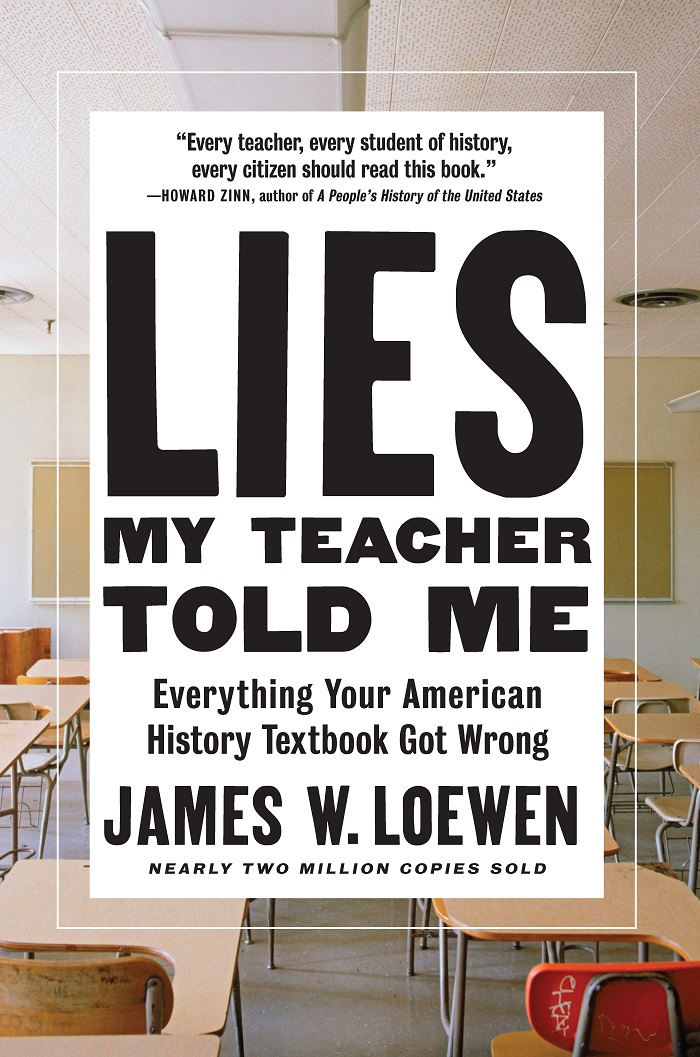
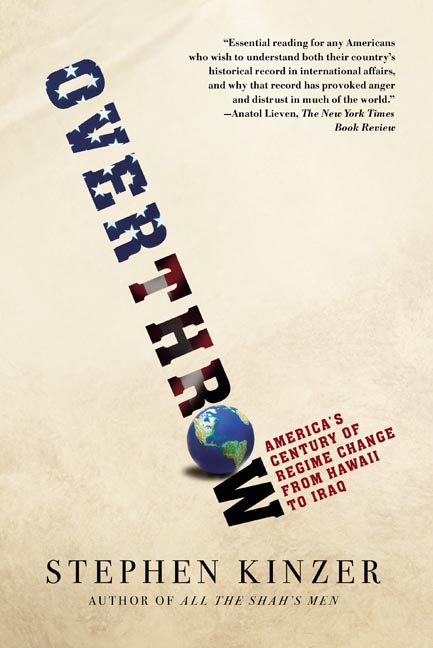
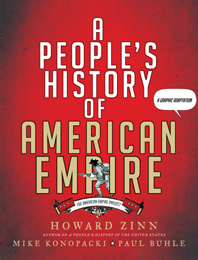
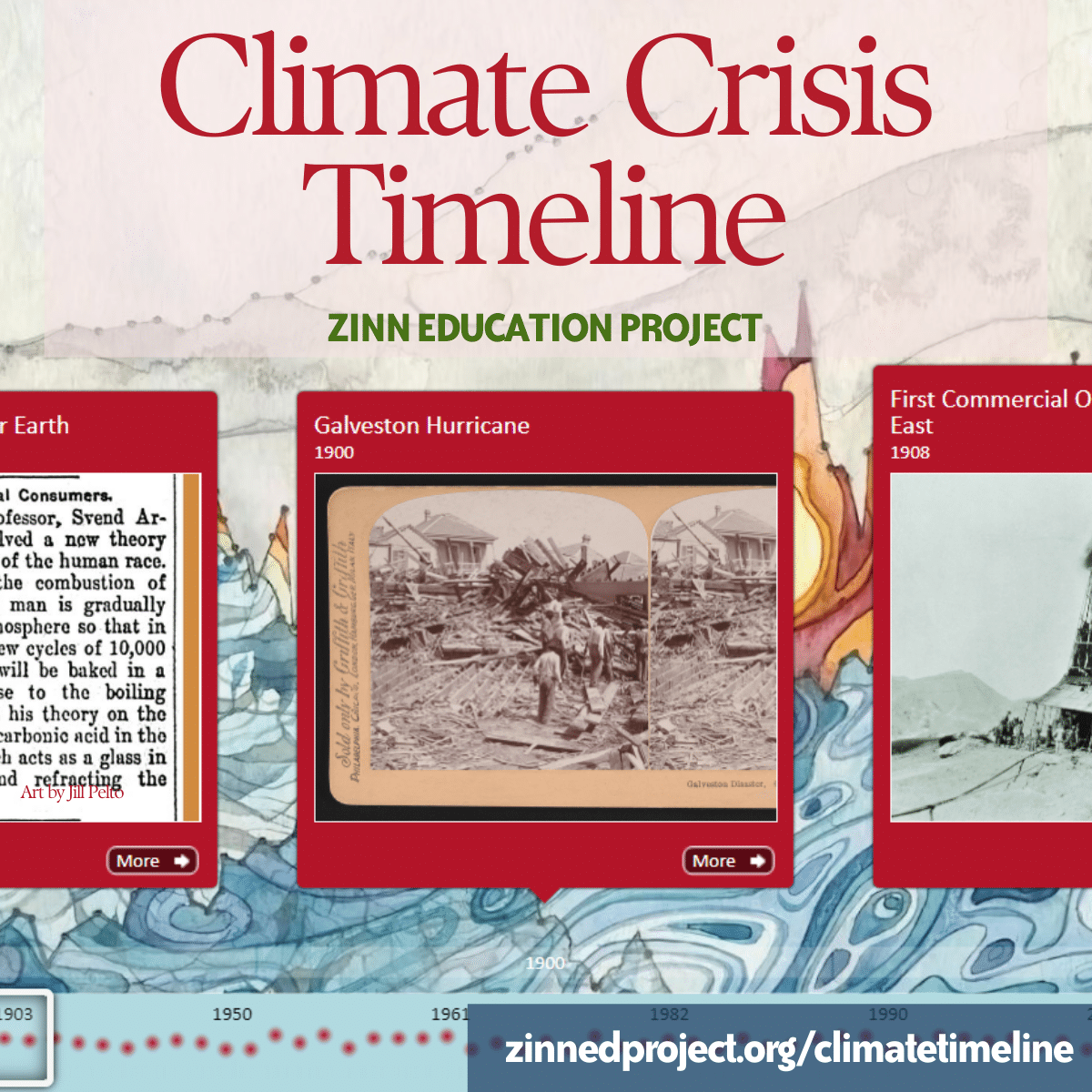





Twitter
Google plus
LinkedIn